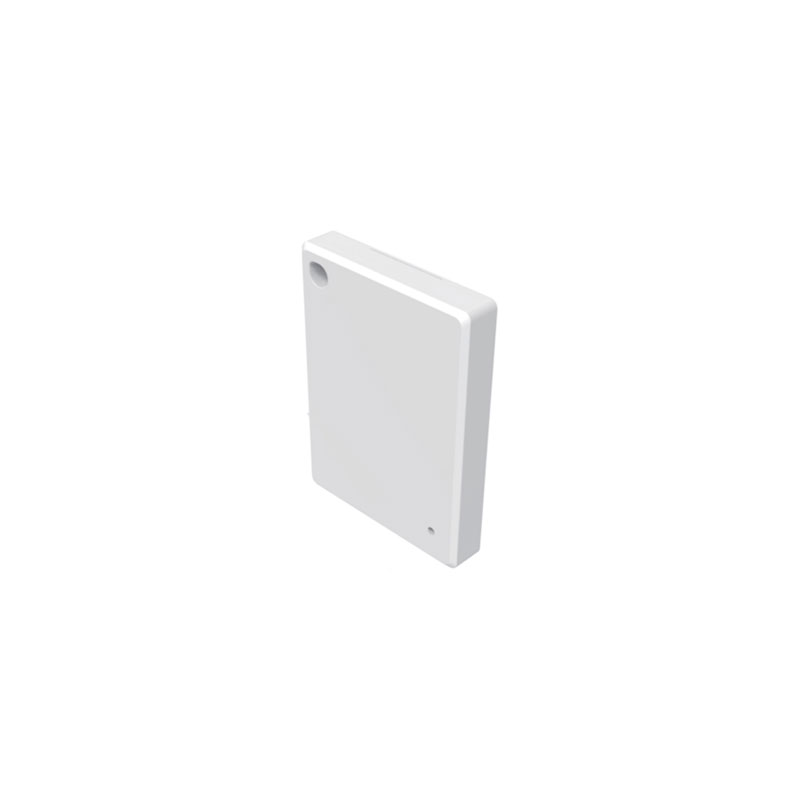
In the dynamic realm of the Internet of Things (IoT), BLE (Bluetooth Low Energy) tags have become indispensable tools for various applications, from asset tracking to personal wellness tracking. Choosing the right BLE tag, however, can be a daunting task given the multitude of options available. This comprehensive guide aims to illuminate the decision-making process, ensuring that you select the BLE tag that best fits your needs.
Understanding BLE Tags
BLE tags are compact devices that use Bluetooth technology to communicate with nearby devices. They are designed to be low-power, high-performance, and easily integrated into a wide range of applications.
Key Considerations for Choosing a BLE Tag
- Application Purpose: The intended use of the BLE tag is the primary factor in selection. Different applications, such as pet tracking, personal item location, or asset management, will have different requirements.
- Battery Life: BLE tags can vary significantly in terms of battery life, from months to years. Consider how often the tag will be used and whether it is easily replaceable or rechargeable.
- Transmission Range: The range at which the BLE tag can effectively communicate with other devices is crucial. This range can be affected by the tag’s TX power and the environment.
- Size and Form Factor: The physical dimensions of the BLE tag can impact its suitability for certain applications. Some tags are designed to be discreet and wearable, while others are made to be attached to larger assets.
- Environmental Resistance: If the BLE tag will be used outdoors or in harsh conditions, consider its resistance to water, dust, and temperature extremes.
- Connectivity Features: Look for tags with the necessary connectivity options, such as support for different Bluetooth versions (e.g., BLE 4.2, 5.0, 5.1), which can affect data transfer rates and power consumption.
- Integration with Apps and Systems: Ensure the BLE tag can integrate with existing systems or apps, and that it supports the required protocols for communication.
- Security Features: For applications where privacy is a concern, look for BLE tags with robust security features to protect data transmission.
- Cost-Effectiveness: While cost should not be the only consideration, it’s important to find a BLE tag that offers the best value for money, considering its features and intended use.
- Manufacturer Support and Reliability: Choose a BLE tag from a reputable manufacturer that offers reliable customer support and has a history of producing high-quality products.
BLE Tags in Action
BLE tags are versatile and can be used in a variety of applications:
- Luggage Tracking: For travelers, a BLE tag can provide peace of mind by allowing them to keep track of their bags.
- Pet Tracking: Pet owners can use BLE tags to monitor their pet’s location and ensure they don’t wander too far.
- Asset Management: Businesses can use BLE tags to track valuable assets and improve inventory management.
- Health and Fitness: Wearable BLE tags can monitor personal health metrics, such as steps taken, heart rate, and sleep patterns.
The Future of BLE Tags
As technology advances, BLE tags are expected to become more sophisticated, with improved battery life, increased range, and enhanced security features. They will also become more integrated with smart home and personal devices, offering a seamless user experience.
Conclusion
Choosing the right BLE tag is about aligning the device’s features with your specific application needs. By considering the application purpose, battery life, transmission range, size, environmental resistance, connectivity features, security, cost-effectiveness, and manufacturer support, you can make an informed decision that will serve your needs well. As BLE technology continues to evolve, BLE tags will undoubtedly play an increasingly important role in our connected world.



